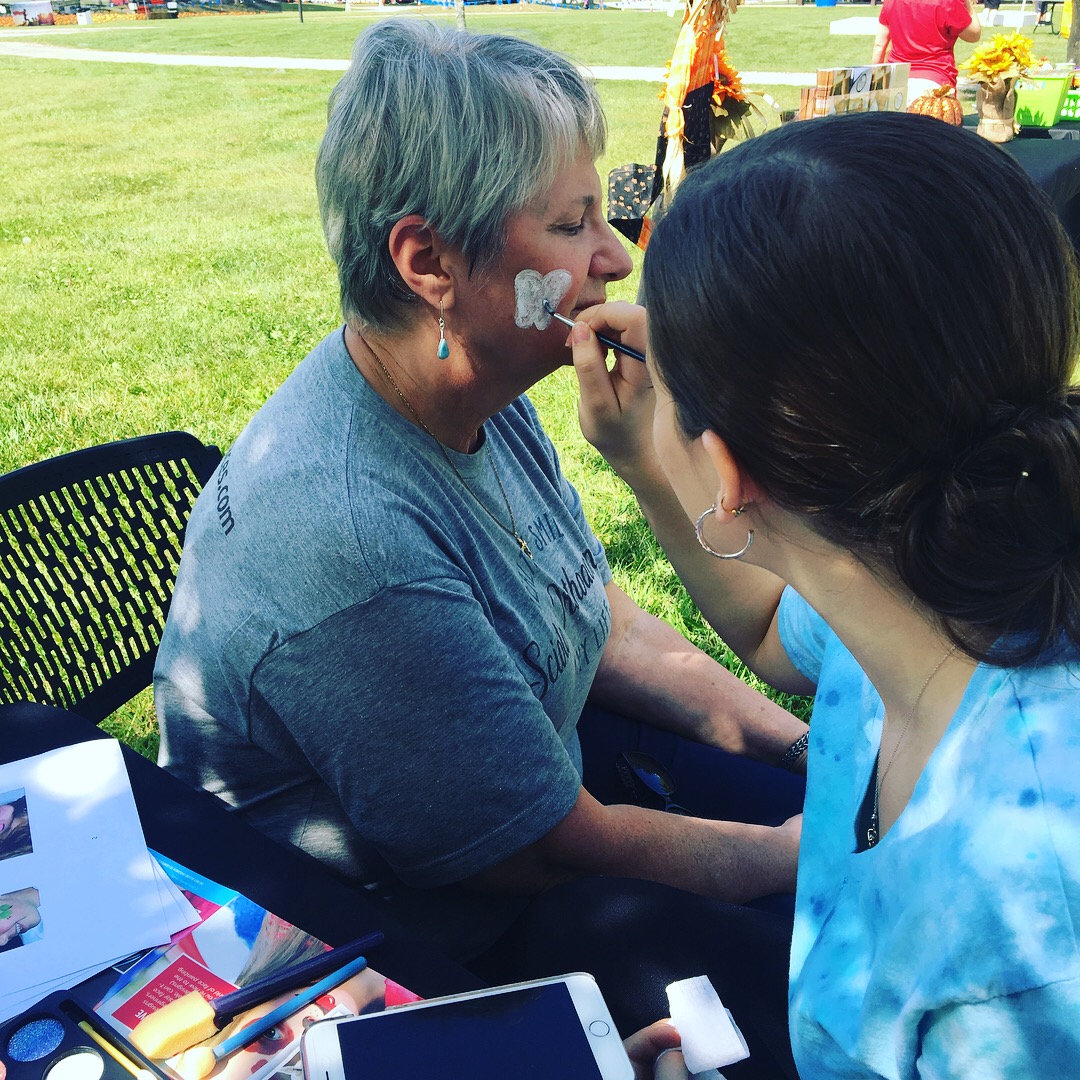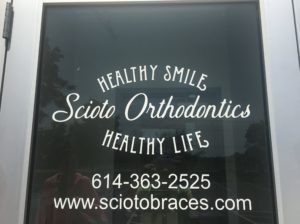
Spring sports season is in full swing these days, and we get lots of questions about how braces will influence playing sports. These questions usually surround concerns regarding 1) injury, and 2) time spent wearing elastics and retainers.
In the case of many sports, especially those involving lots of contact like basketball and wrestling, or those involving balls and/or equipment that could accidentally contact a player's face, parents are wise to seek extra protection for their child's teeth. Generally we advise that any sport that recommends a mouthguard, even if it isn't a requirement, is a sport in which the player should definitely be proactive about protecting his or her teeth. Certainly, you want to be cautious even without braces. Any patient can experience an injury that leads to the loss of or damage to a tooth or teeth. With braces on, the risk of injury to the lips and gums are also increased because of the extra appliances in the mouth. Wearing a mouthguard can reduce the risk of teeth being broken or knocked out. In addition, the plastic from the mouthguard separates the braces from the lips, helping to avoid cuts and soft-tissue injury.
Sometimes wearing a mouthguard can be more challenging with braces. There are ready-made orthodontic mouthguards available that you can invest in with special grooves where the braces fit. You can also use a traditional boil-and-bite mouthguard with braces. The way you fabricate your guard will simply be a little bit different. Before biting into the warm mouthguard, take a strip of wax and lay it across your braces. This will prevent the plastic from flowing into the grooves around the braces and wires and becoming difficult to remove. Finally, there are some appliances that we use in conjunction with braces (like the Forsus appliance, for example) which make it difficult to wear a full-length mouthguard. We advise, in these cases, that you cut the back portion of the mouthguard off to shorten it slightly and make it possible to fit in with your appliance.
If an injury does occur, your first call should be to your general or pediatric dentist who is the expert in assessing damage to and repairing the teeth. They may take an x-ray to ensure that no teeth or bones have been broken. If a tooth has broken or knocked out, they will recommend the proper course of action. In many cases, the orthodontist may be involved in the recovery as well. Sometimes if a tooth has loosened due to injury, the braces can be used to stabilize the tooth, and your dentist can advise you if they'd like you to see us to assist with this stabilization. In addition, once the risks to the teeth, lips, and bones have been addressed with your dentist, you should also evaluate to see if any braces or other appliances are broken or loose. If so, as with any other broken appliances, you should give our office a call, and we can advise you on whether you need to come in right away or if the breakage is minor enough and can wait until your next visit for an easy repair.
As I mentioned, another concern that often arises during sports seasons is finding time to wear things like elastics and retainers. If a mouthguard is required for your sport, then this takes precedence over the use of any special appliances! We always give permission to leave rubber bands and retainers out while you're engaged in playing your sport. (If you play a non-contact sport (like track and field) and feel comfortable wearing your rubber bands or retainers, it's ok to go ahead and keep them in, but we do not require it.) Often, especially for serious athletes, there can be many hours spent each day on practices, games, and meets. It's can be challenging to find enough time to wear your appliances, but rest assured that it can be done! We suggest keeping extra bags of rubber bands around at all times and putting a fresh pair in every time you have an opportunity. At a tournament all weekend? Make sure the rubber bands are in between games. Even if you only have half an hour, it's important to put them back in and let them keep working. By making the effort, you can still make progress during your sports season, or at least avoid taking a step backwards!
Keep smiling, friends!



 Today I thought we could chat about one of the common challenges for patients with braces and clear aligners - sports drinks!
Today I thought we could chat about one of the common challenges for patients with braces and clear aligners - sports drinks!




 Website Powered by Sesame 24-7™
Website Powered by Sesame 24-7™